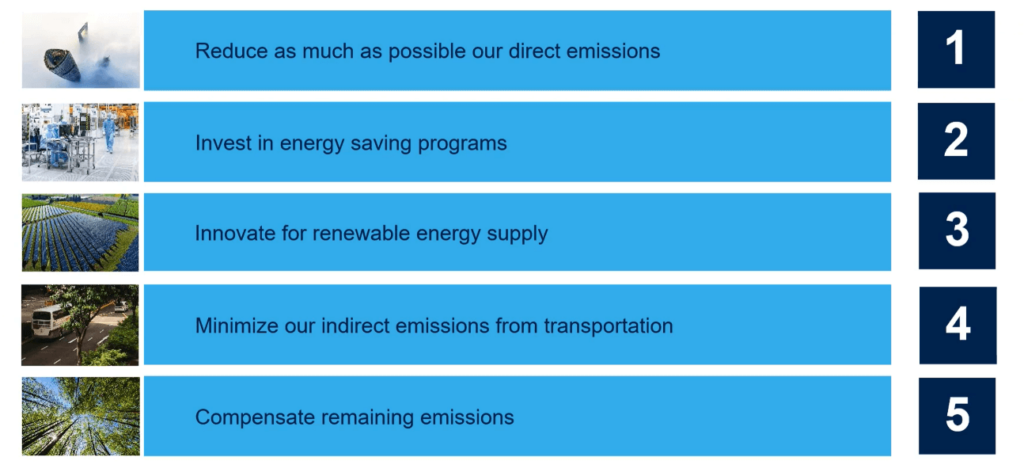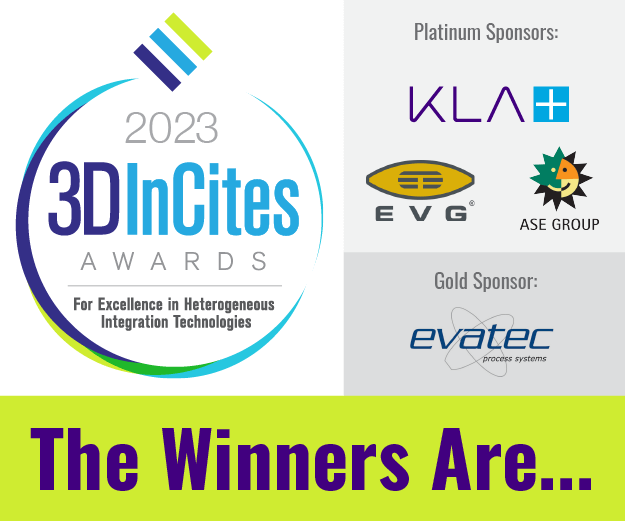In my day job in the winter, I work in the ski industry, which is working very hard on sustainability and becoming greener. On Earth Day, my inbox was filled with how companies that supply the ski industry are being sustainable, and more importantly are working to drive awareness in sustainability. But as I wrote last month there are always tradeoffs. Nylon and polyester, the materials used to keep us dry, are manufactured from petrochemicals. While the industry is working hard to recycle those materials and use other sustainable materials such as wool, for the short term, petrochemicals will continue to be used. Thus, in the short term, a catch 22.
The situation is similar in the semiconductor industry. The industry is working to become more sustainable, but in the short term, there will be some tradeoffs as the industry matures.
ISS Europe Celebrated Earth Day with A Session on Sustainability
On April 21, the day before Earth Day, SEMI Europe’s ISS had a session on sustainability. Representatives of SEMI, Intel, ST Microelectronics, NXP, Fiat, and Edwards presented or were on the panel. The organizers did a nice job of selecting the presenters and their respective topics, as the subjects were very diverse.
Instead of listening to how each company is addressing sustainability, the audience learned about digital twins, how electric vehicles will contribute to sustainability, sustainability efforts, and the challenges they present to semiconductor manufacturers, their customers, and their supply chains. However, after the panel discussion in which three semiconductor companies and one sub-supplier to the semiconductor equipment vendors participated, I thought it would have been interesting to have a complete supply chain discussion.
Peter Connock of memsstar, did a great job of facilitating the panel and managing the questions. His lead-in question to the panel, I think, described the overall problem well:
You have a 3-year challenging, collaborative, international project, and oh by the way it needs to be sustainable, which means, materials need to be responsibly sourced. It needs to use low or no power, there can be no environmental impact, i.e. greenhouse gases or water use increase. It needs to be repairable, and reusable.
The question was very timely, as later in the week in a conversation with Julia Goldstein, the author of Material Value, on just that topic we discussed the question: How do you make projects and products sustainable and how do you manage the trade-offs to maximize sustainability, yet limit the impact Li batteries and electric motors have due to the mining that needs to take place to support those aspects of sustainability?
Digital Twins
Having spent a considerable portion of the past 10 years learning enough about smart buildings, factories, Building Information Modeling, (BIM), and digital twins to be dangerous, I really appreciated the Fiat presentation on using digital twins to reduce building energy. Currently between 11%-17% of a building’s energy use comes from lighting, and HVAC accounts for about 35% of the energy use according to the United States DOE. Approximately 30% of that energy is wasted.
Thus, as Giulio Vivo of Fiat presented, implementing a digital twin that tells you how the building or manufacturing line should operate optimally can more easily measure and address where energy is being wasted. If you can eventually get to that 30% energy savings, you would have significant energy savings, which would then translate into cost savings and carbon reduction. Worldwide companies have been slow to implement LED lighting and improving their building management systems. Implementing a focused smart building focus using a digital twin model could go a long way to reducing a company’s energy and thus CO2 footprint. Figure 1 shows the energy differences between the model and actual energy consumption. This now gives a starting point to determine how to reduce the delta and have the building operate in its optimal energy configuration.
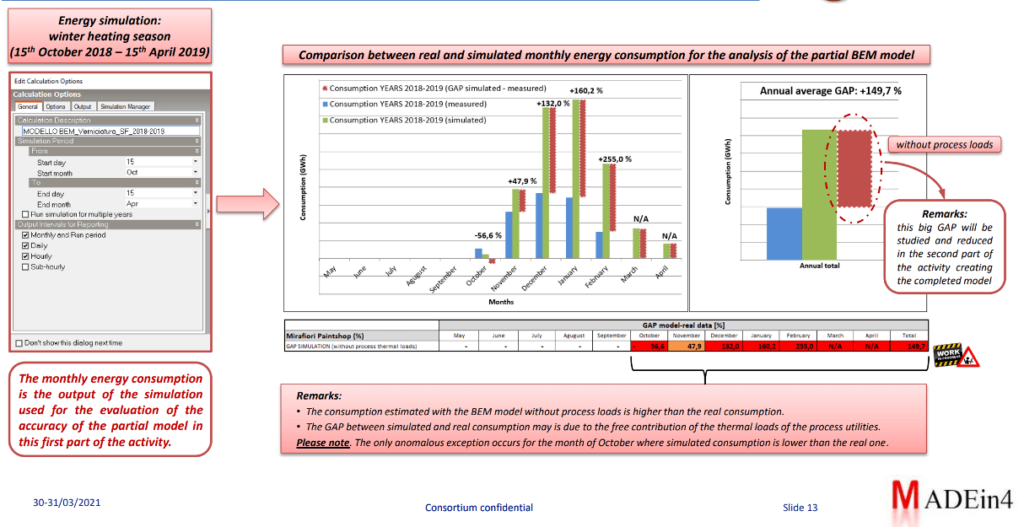
Figure 1: BEM partial model. Simulation energy vs. consumption data. (Source SEMI ISS Europe 2021 Fiat presentation)
Oliver Corvez of SEMI kicked off the presentations with a review of SEMI’s EHS programs and their direction in sustainability (Figure 2). It is interesting to note that less than 50% of the companies responded, and of those only 85% were interested in participating in SEMI facilitated sustainability efforts. From a world where it seems like most are focused on sustainability, it seems like a low number.
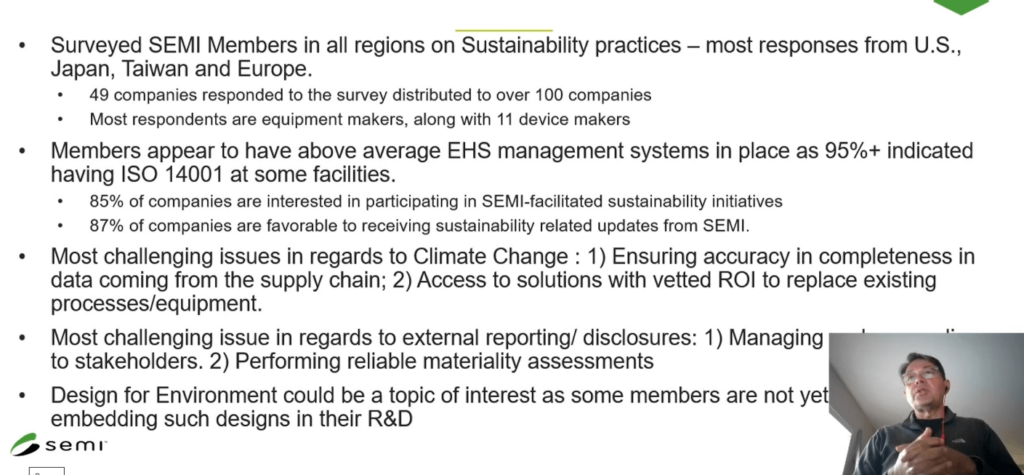
SEMI is initiating a sustainability council. It will be interesting to see how this plays out as multiple semiconductor and semiconductor equipment companies are already well invested in sustainability efforts. Based upon the ISS panel discussion, SEMI could play a huge role in helping to create consistent definitions across the semiconductor industry, and perhaps across different industries associated with microelectronics.
Clara Otero Perez of NXP demonstrated the advantage of electric vehicles (EVS) in reducing the carbon footprint as well as the increase of semiconductor content. As the world embraces EV as a renewable storage and CO2 reduction method, the semiconductor and power management component of an EV increases significantly (Figure 3).
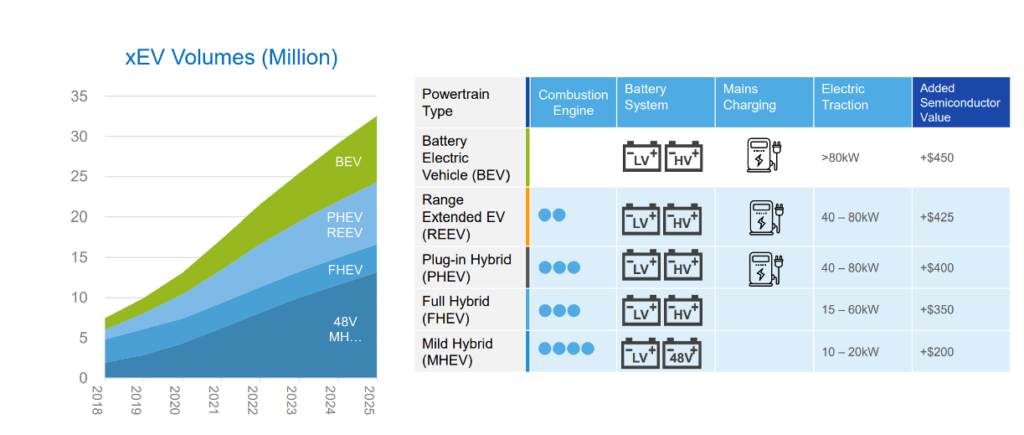
Figure 3: Rising XEV Production – Rising semiconductor content. (Courtesy of NXP)
Adam Schafer of Intel presented on Intel’s supply chain and Responsibility, Inclusive, Sustainable, and Enabling (RISE) model. As shown in the graphic below, Intel operates in over 89 countries with 578 supplier factories. This presents a huge challenge in monitoring and evaluating your Scope 3 carbon emissions. Schafer shared that while Intel has had a focus on sustainability for many years. The RISE model is a result of bringing all the departments together and creating one set of goals across the company. One can hope that Intel’s sustainability efforts will not just have an impact on how the Semiconductor industry addresses the carbon problem, but will cause Intel’s customers to participate at a greater level in helping to address the world’s carbon footprint.
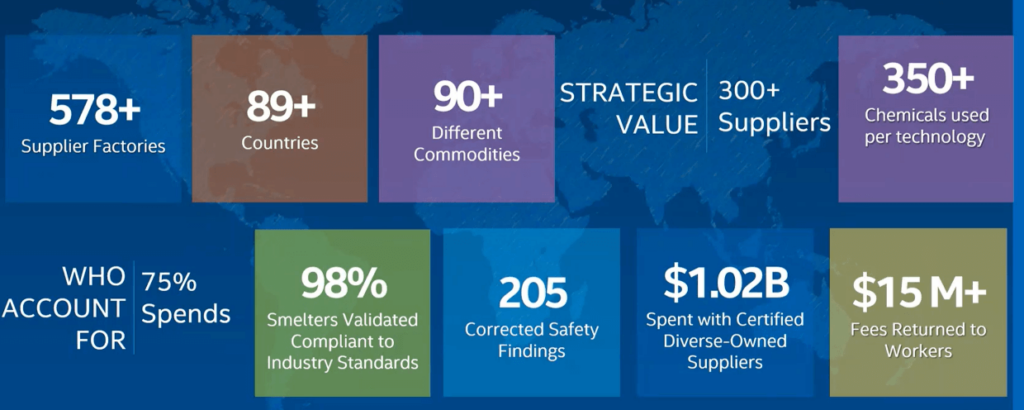
In the panel discussion, it was commented that Europe is likely a bit further ahead in how they have been looking at sustainability. Jean-Louis Champseix of ST Microelectronics presented ST’s sustainability program and roadmap shown below. The roadmap gives you a good picture of the path the ST has traveled to reach its current status in sustainability and the road that needs to be traveled to reach carbon neutrality.
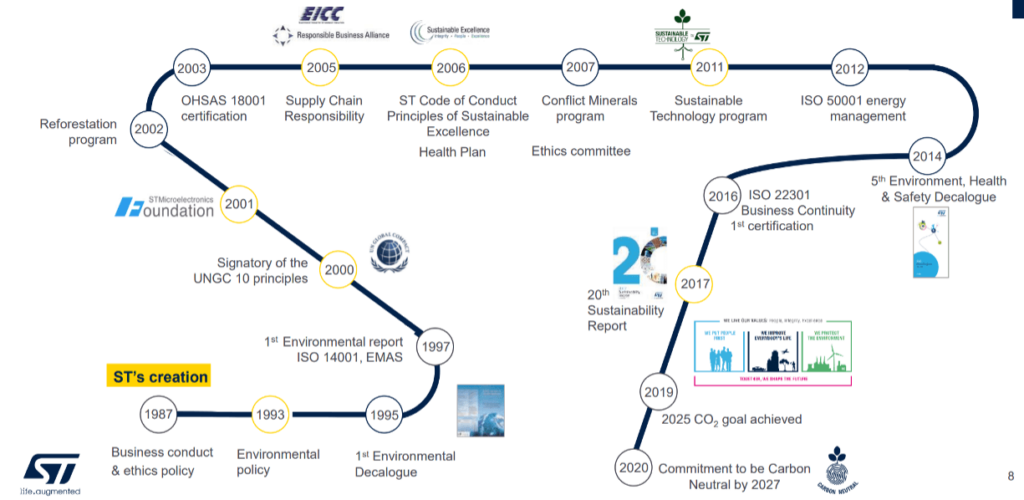
The closing panel discussion brought up some interesting points. Scope 3 emissions and a circular economy will be challenging. Chris Jones of Edwards gave a good example of when ammonia is recycled and sent to agriculture. A kiloton of ammonia used for agriculture results in a kiloton of the equivalent of CO2 from nitrous oxide. His point was, how wide do you set the net? So, while you are being a good citizen by recycling, does that recycling create environmental damage further down the road?
The closing thoughts of the panel were that the semiconductor needs to lead by example. This can be done by creating clear definitions and action plans to change behavior and create a circular economy.
I’ll close with a slide from ST as to how do they reach their targets. It’s a good blueprint for everyone to begin with, and working together the industry will begin to create a carbon-neutral future. Hopefully with fewer tradeoffs.
